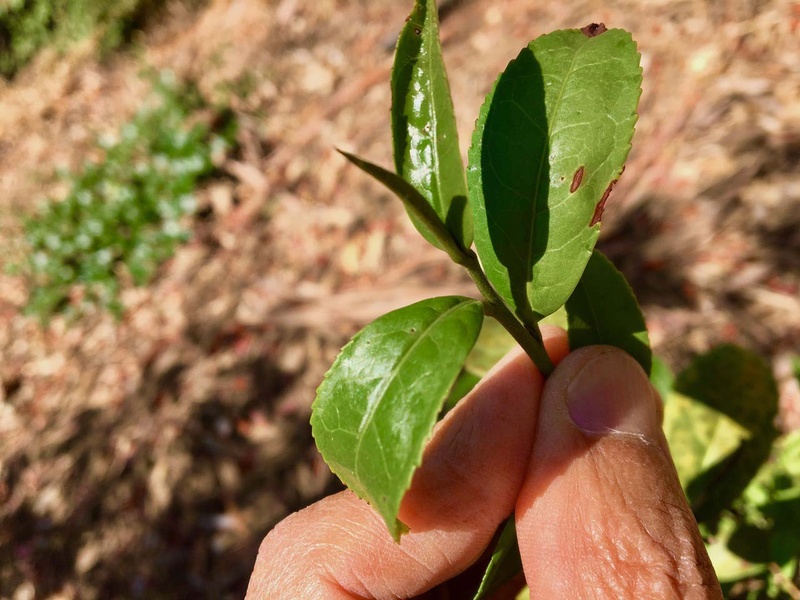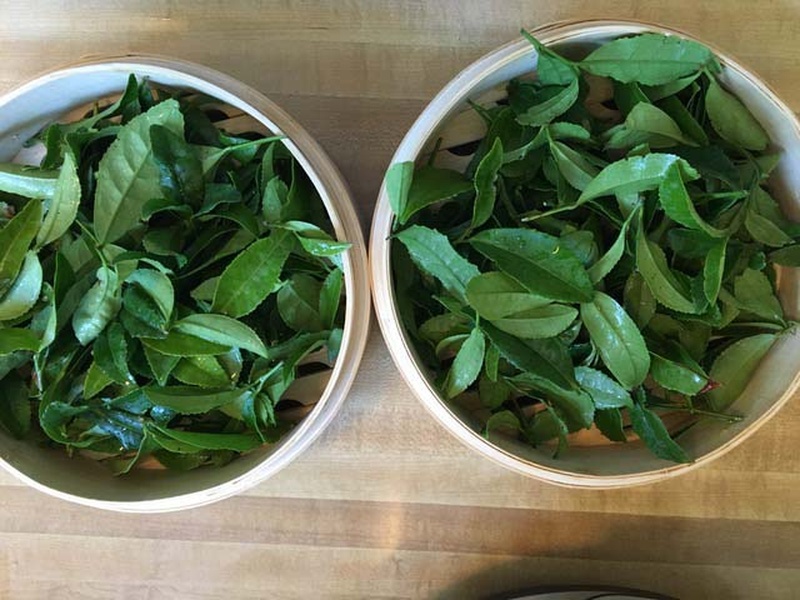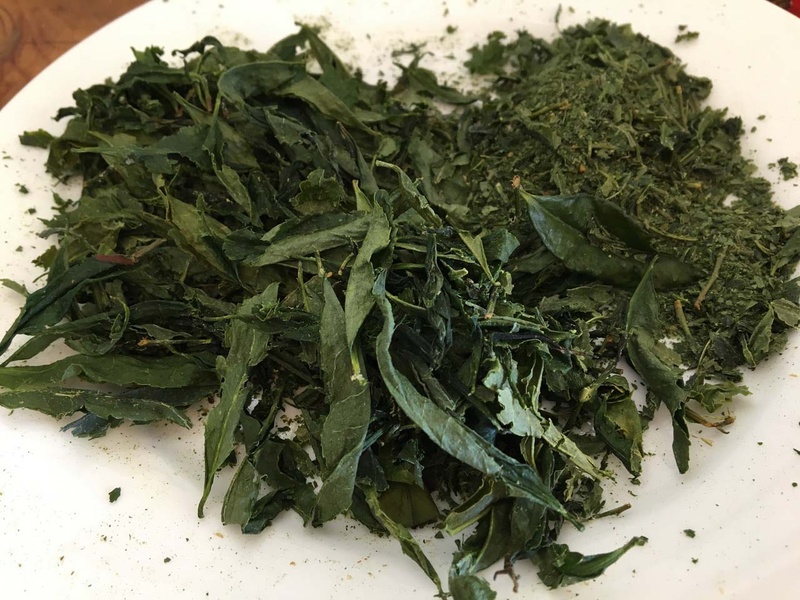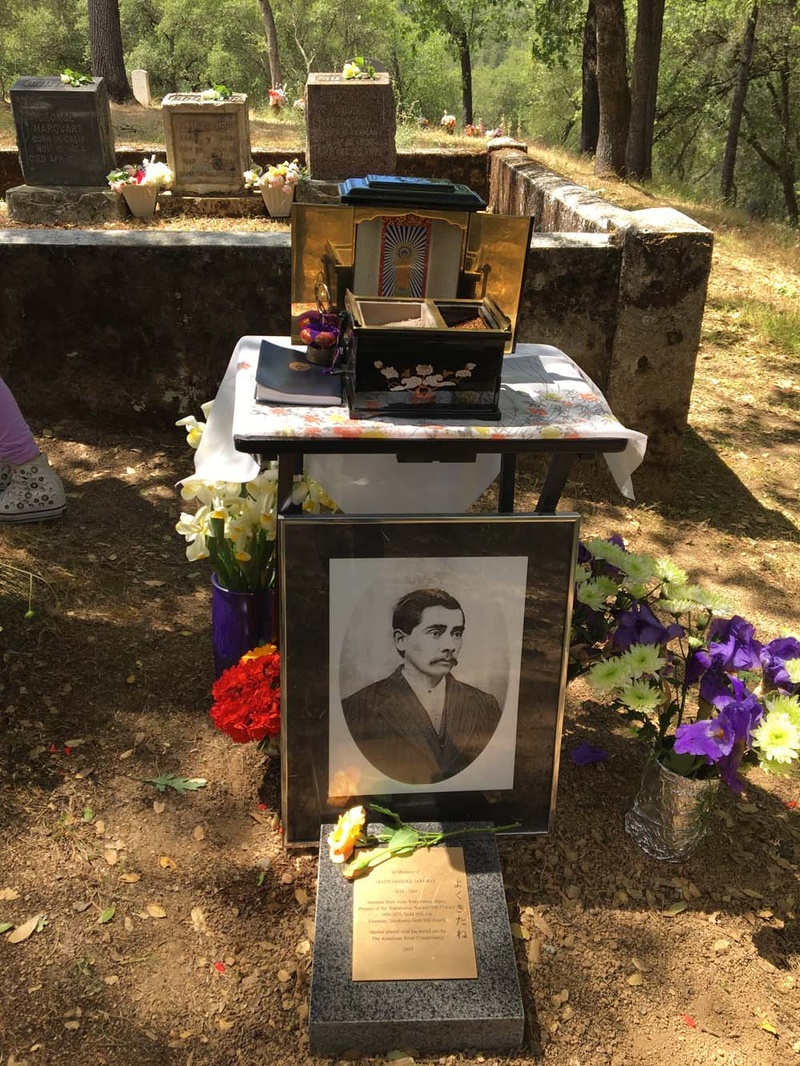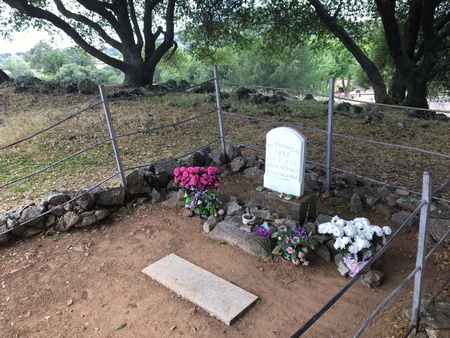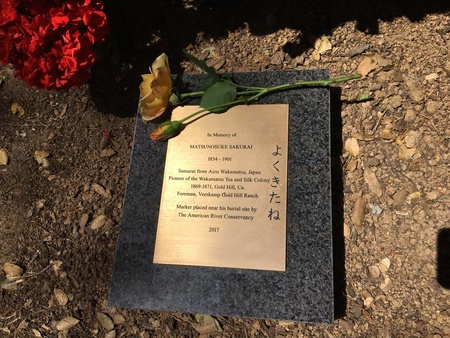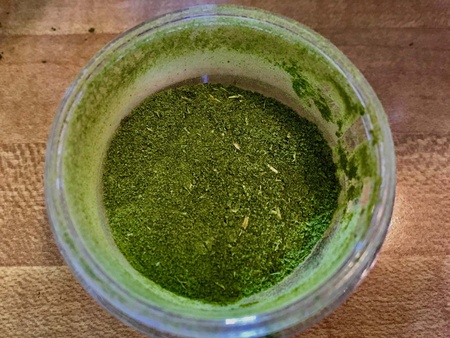History of Wakamatsu Tea and Silk Farm
About 150 years ago in 1869, the first group of approximately 22 immigrants to the U.S. mainland arrived in Gold Hill, California, after Aizuwakamatsu lost the Boshin Civil War. (The first immigrants to Hawaii arrived in 1868.) This group was the first to come from Aizuwakamatsu, led by a Prussian named John Schnell, seeking a new land in America.
With his Japanese name Buhei Hiramatsu, John Schnell was a merchant who sold weapons to Aizuwakamatsu Domain, and he had planned to make a living by making tea and silk in a place near the town of Gold Hill which was bustled in Gold Rush at the time. And he landed on Gold Hill with his Japanese wife and two daughters, along with the group of 22 mentioned earlier. He then started Wakamatsu Tea and Silk Farm. They brought 6 million seeds of tea plants and 140,000 saplings of tea from Japan.
However, they had a hard time getting water as it was used to wash gold dust during Gold Rush. Since the water they bought contained a lot of sulfur, it killed most tea plants and mulberry trees which were brought for silkworms to grow. His plan ended in failure, and the Farm broke up after two years.
John Schnell left the place, saying he would find a way to secure money in Japan and never came back.
Okei and Matsunosuke
After the Farm broke up, everyone left Gold Hill for different places, and two people remained. One was Ito Okei who came as a babysitter for John Schnell’s children at the age of 17 and the other was a samurai warrior Matsunosuke Sakurai who came as Schnell’s security guard.
Okei passed away from illness at the age of 19 on this land two years after she arrived in America. I heard that she was singing in tears, as she remembered Japan while looking at the sun setting in the west over the hills in Gold Hill. Alone she must have been thinking about her family in her home country, enduring loneliness.
Okei was the first Japanese woman buried in the U.S. mainland. To this day, her marble tombstone can be found on this hill. It was the tombstone that Matsunosuke built with the money he had saved over the period of 15 years. Without this tombstone, the stories of Wakamatsu Tea and Silk Farm and Okei would have been forgotten.
In 2017 last year, Matsunosuke’s grave was found by accident, and in March this year a plate was put on the site where he was buried.
Tea from Wakamatsu
I learned that my great-grandfather was teaching the way of tea in Fukushima. Because of this, I had been thinking about how I could inherit the traditions of tea, damaged by radiation in the nuclear plant accident in Fukushima – in America.
With lines of grape vineyards, Napa in North California is famous for its production of wine. I wanted to grow tea in such environments and visited some farms in search for a field.
At that time, by chance I was told by Mike Fritz, who was growing tea in Oroville, California, that the seeds of the tea that were brought from Aizuwakamatsu were still there.
They were the “offspring” of the 1,000 tea trees that were sold at the state fair in San Francisco in 1870, a year after John Schnell arrived in the U.S. Those trees were taken to the gardening store of the Domoto brothers who lived in the city of Oakland, in the east of the bay in San Francisco and then carried to another gardening store in Southern California.
I thought it was a fate and mission. I thought that no one would do it except me, so I decided to take action to grow tea from Aizuwakamatsu here in California.
I thought that I would take the unachieved dream of people in Wakamatsu Tea and Silk Farm from 150 years ago, their legacy and souls and feed the tea trees with them. In 2017, with the support of a man named Kazuo Kojima in Japan, we planted 100 tea tress in the field in Napa.
“Two Girls Tea”
The one who actually grows the tea trees of Aizuwakamatsu in the field of Napa is a young lady named Sara from Jack Rabbit Farm. She grows a variety of organic vegetables and provides fresh free-range eggs to locals. Sara showed interest in the story of Okei from Wakamatsu Tea and Silk Farm and helped start the tea field.
We gave the name “Sara’s Japanese Tea Farm in Napa/Tea Journey Since 1869” to the tea field.
This year we picked tea in small amounts for the first time and drank new tea. I enjoyed the taste of the dream tea of Wakamatsu Tea and Silk Farm 150 years after it was brought here. It was very delicious. I believe that the soul of the Farm was delighted, too.
We named the tea after the two girls Okei-san and Sara, “Two Girls Tea.”
Looking for Sponsors
I want people in Fukushima to drink the tea, too, but to do that we need to plant more trees. We’ll seek sponsors and expand the field with their support, and we hope that many people will have the taste of the legacy and history of Wakamatsu Tea and Silk Farm.
Please contact Nao Magami at zakmagami@mac.com for more information.
* * * * *
Our Editorial Committee selected this article as one of her favorite Nikkei Roots: Digging into Our Cultural Heritage stories. Here is the comment.
Comment by Keiko Fukuda
I feel romance in this essay. I feel a sense of achievement in that Magami has grown the tea of unattained dream from Wakamatsu Tea and Silk Farm in California and tasted the new tea. What’s more, it must have been his fate as his great-grandfather was teaching the way of tea. We figure out the reason why we do what we do now by learning where our ancestors came from and what they were doing. In that way, we truly understand it. I believe that by connecting his work that he commits himself to growing tea from Fukushima in California to the fact that his great-grandfather was teaching the way of tea in Fukushima, the writer of this essay finds an important meaning and reward in what he does. I hope that he will continue to cherish the tradition of the tea from Fukushima in the land of Napa and pass it onto next generations.
© 2018 Nao Magami



